Coralligenous Habitats
Academic Program

Coralligenous Habitats in the Mediteranean Sea. Photo by Bluewave Alliance.
2025
Istituto Europeo di Design
Director & Faculty: Toban Shadlyn and John V. Willshire
︎︎︎IED Barcelona
︎︎︎Smithery
︎︎︎About the program
Istituto Europeo di Design
Director & Faculty: Toban Shadlyn and John V. Willshire
︎︎︎IED Barcelona
︎︎︎Smithery
︎︎︎About the program
The Innovation and Future Thinking is a course offered at IED Barcelona each summer. The program is co-directed between myself and John V. Willshire (Smithery).
![]()
![]()
Each edition focuses on a specific challenge relevant to the local Barcelona context. For the summer 2025 edition, we placed our attention towards the Mediterranean Sea.
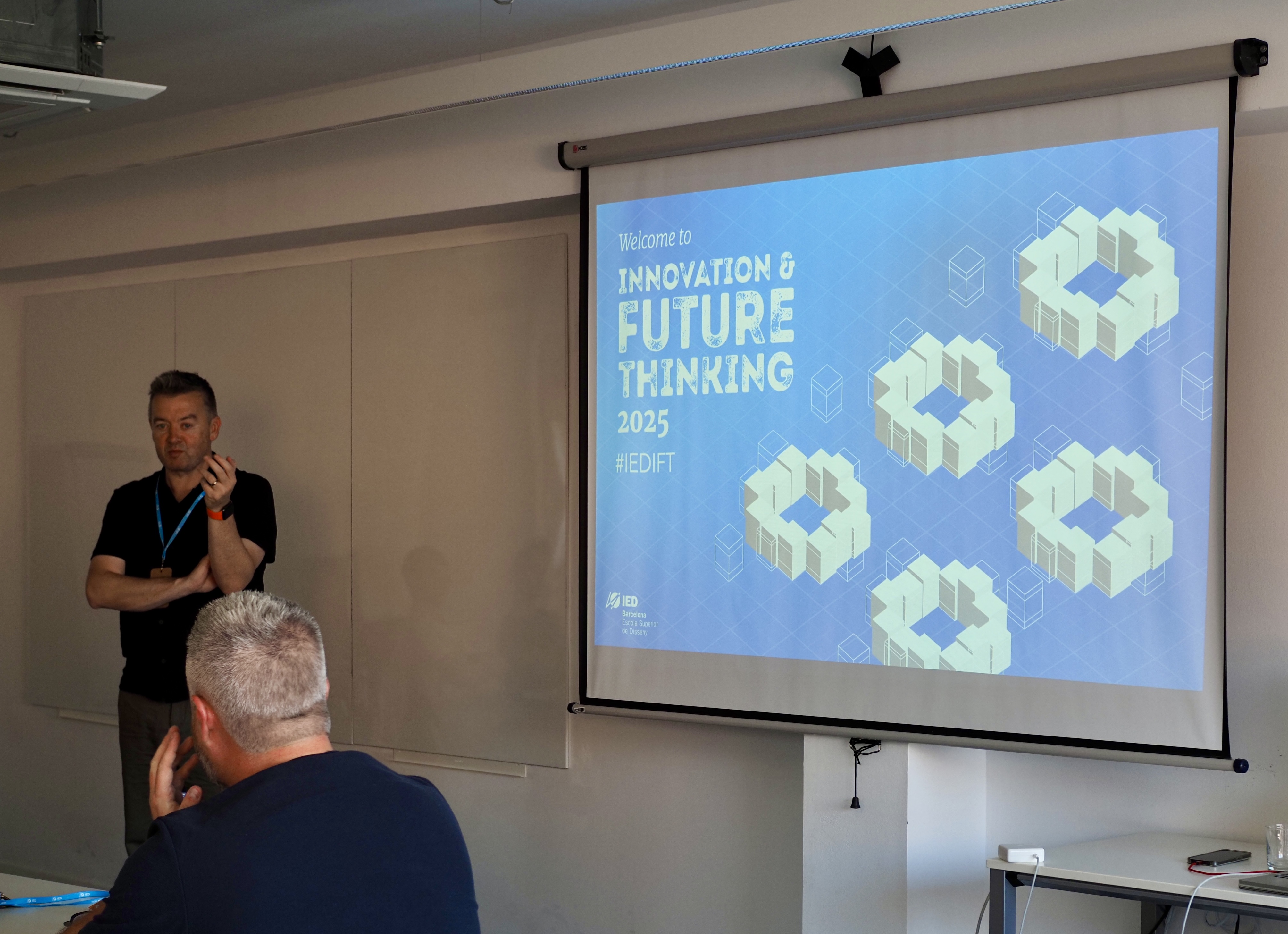

Each edition focuses on a specific challenge relevant to the local Barcelona context. For the summer 2025 edition, we placed our attention towards the Mediterranean Sea.
Course Context
Coralligenous is one of the Mediterranean’s most vital, and least known habitats.
![]() Photo by Frédéric Zuberer
Photo by Frédéric Zuberer
Built slowly over centuries by calcareous algae, coralligenous reefs form an underwater architecture of stone, coral, sponges, bryozoans, polychaetes, red gold minerals, colour and life. They are geological / biological co-authorship, accreted over time, through death, deposition, and interdependence.
They are also dying.
Warmer waters. Acidification. Pollution. Extraction. Tourism pressure. Novel pathogens. Shipping. Plastic. Chemical sunscreen.
The Mediterranean is a small sea with an enormous demand footprint and coralligenous is one of the most sensitive witnesses of this era.
This course was developed in collaboration with Bluewave Alliance: a coalition of scientists, entrepreneurs, purpose-driven companies and public institutions working to protect and restore the Mediterranean. Their work identifies coralligenous as one of the “jewels” of the Mediterranean. A jewel that is not ornamental. A jewel that is infrastructural to planetary health.
But if people cannot feel what this is, it will never be protected in time.
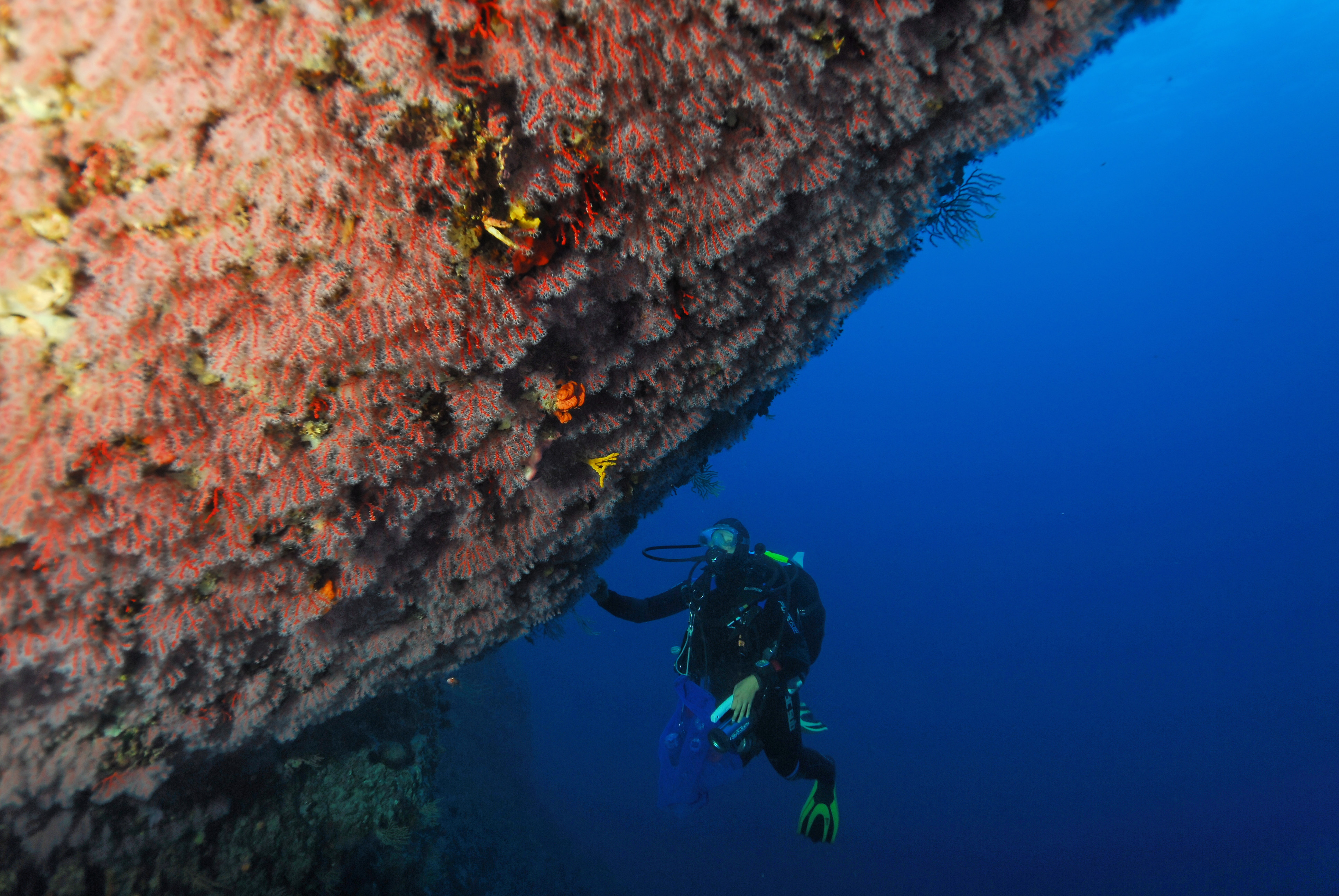 Photo by Frédéric Zuberer
Photo by Frédéric Zuberer
Built slowly over centuries by calcareous algae, coralligenous reefs form an underwater architecture of stone, coral, sponges, bryozoans, polychaetes, red gold minerals, colour and life. They are geological / biological co-authorship, accreted over time, through death, deposition, and interdependence.
They are also dying.
Warmer waters. Acidification. Pollution. Extraction. Tourism pressure. Novel pathogens. Shipping. Plastic. Chemical sunscreen.
The Mediterranean is a small sea with an enormous demand footprint and coralligenous is one of the most sensitive witnesses of this era.
This course was developed in collaboration with Bluewave Alliance: a coalition of scientists, entrepreneurs, purpose-driven companies and public institutions working to protect and restore the Mediterranean. Their work identifies coralligenous as one of the “jewels” of the Mediterranean. A jewel that is not ornamental. A jewel that is infrastructural to planetary health.
But if people cannot feel what this is, it will never be protected in time.





The Brief
This summer, students were invited to bring this science to life through futures thinking, experiential design, and participatory prototyping. We began with the real ecological science and went directly into translation, sensemaking, storytelling, embodiment, and situated imaginaries.
The challenge was to take complexity that is usually held only in research papers and turn it into artefacts and experiences that move publics, especially the communities whose lives are most entangled with the future health of the Mediterranean.
Through this course we explored new ways of making coralligenous legible, intimate, and politically relevant — not just as scientific knowledge — but as a felt relationship to the sea.
The challenge was to take complexity that is usually held only in research papers and turn it into artefacts and experiences that move publics, especially the communities whose lives are most entangled with the future health of the Mediterranean.
- How does a public come to know a habitat that they have never seen?
- How do we make visible what is submerged?
- How do we prototype futures that demand care while collapse continues to unfold?
Through this course we explored new ways of making coralligenous legible, intimate, and politically relevant — not just as scientific knowledge — but as a felt relationship to the sea.
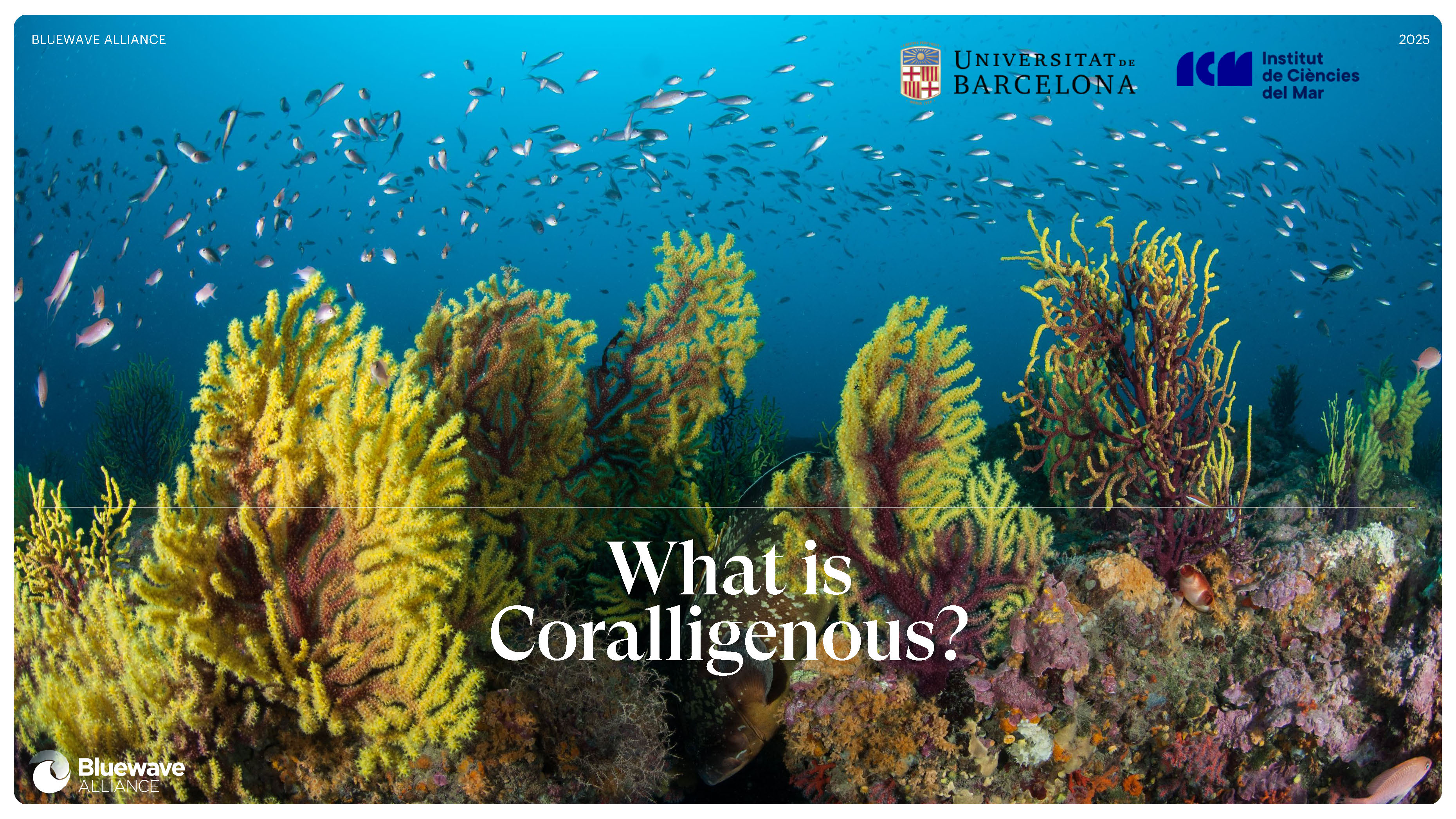


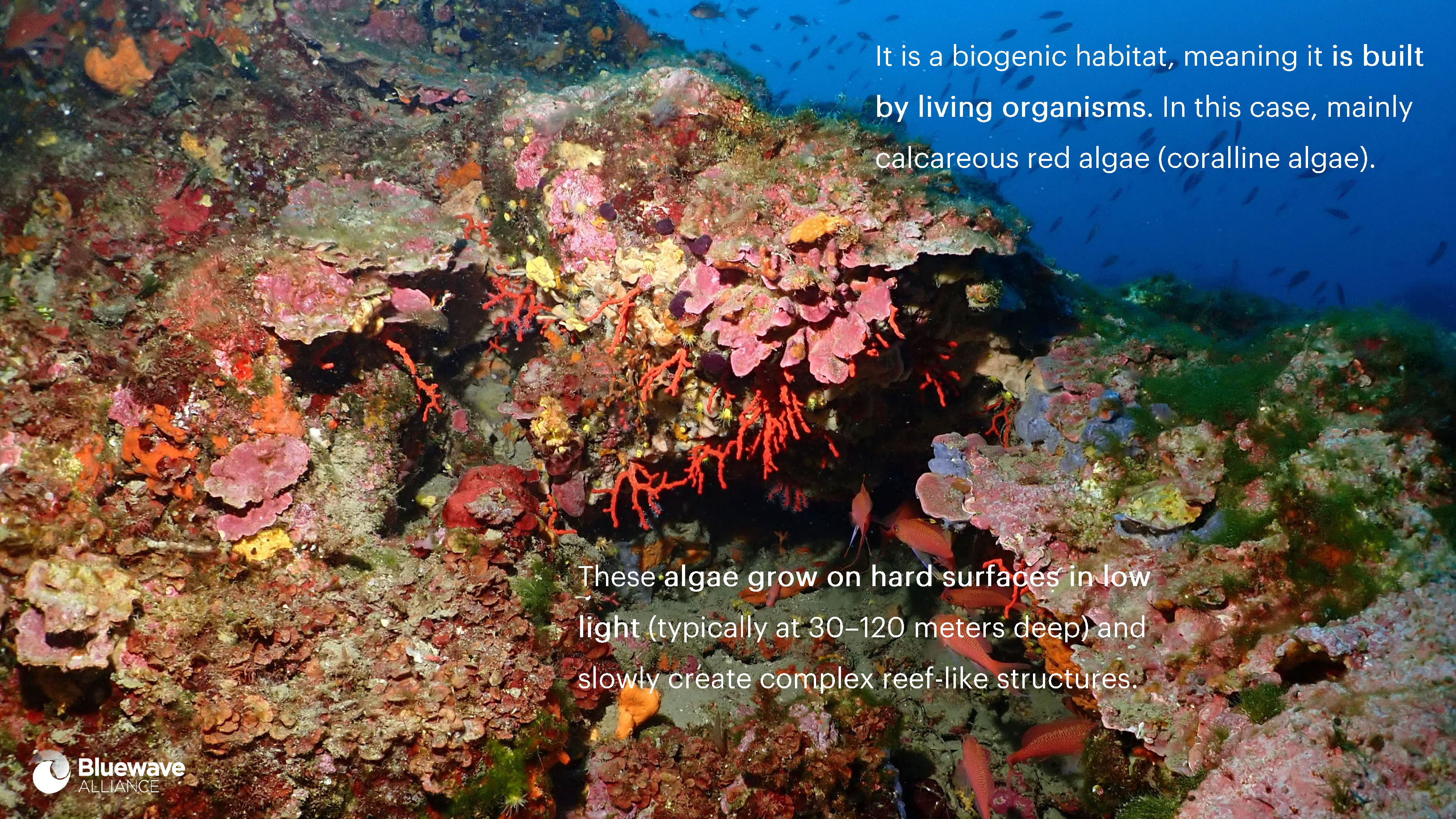
Site Visits
In collaboration with Bluewave Alliance, our students met with their team and their current partners such as the Institut de Ciències del Mar (The Intitute for Ocean Sciene).
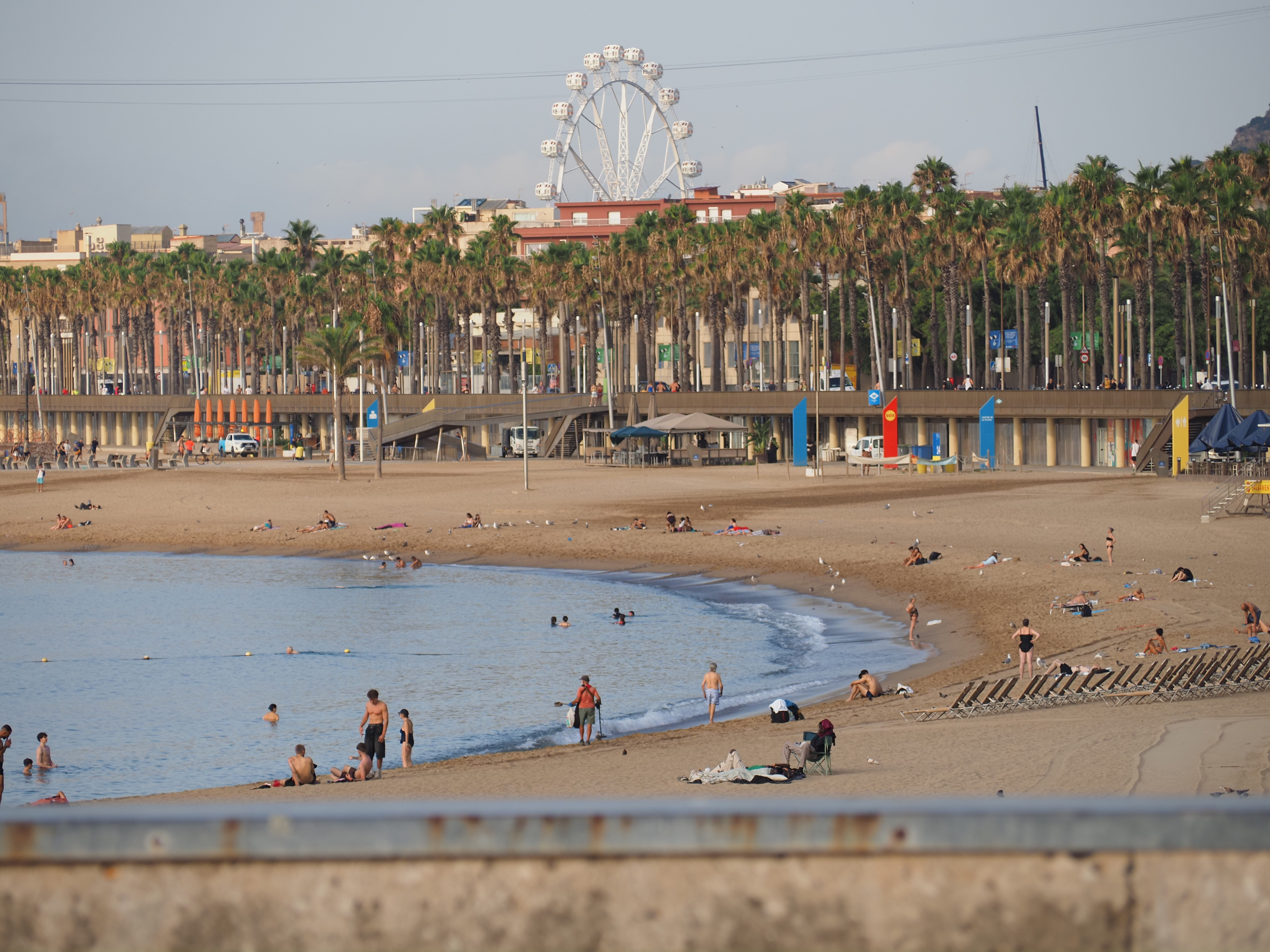




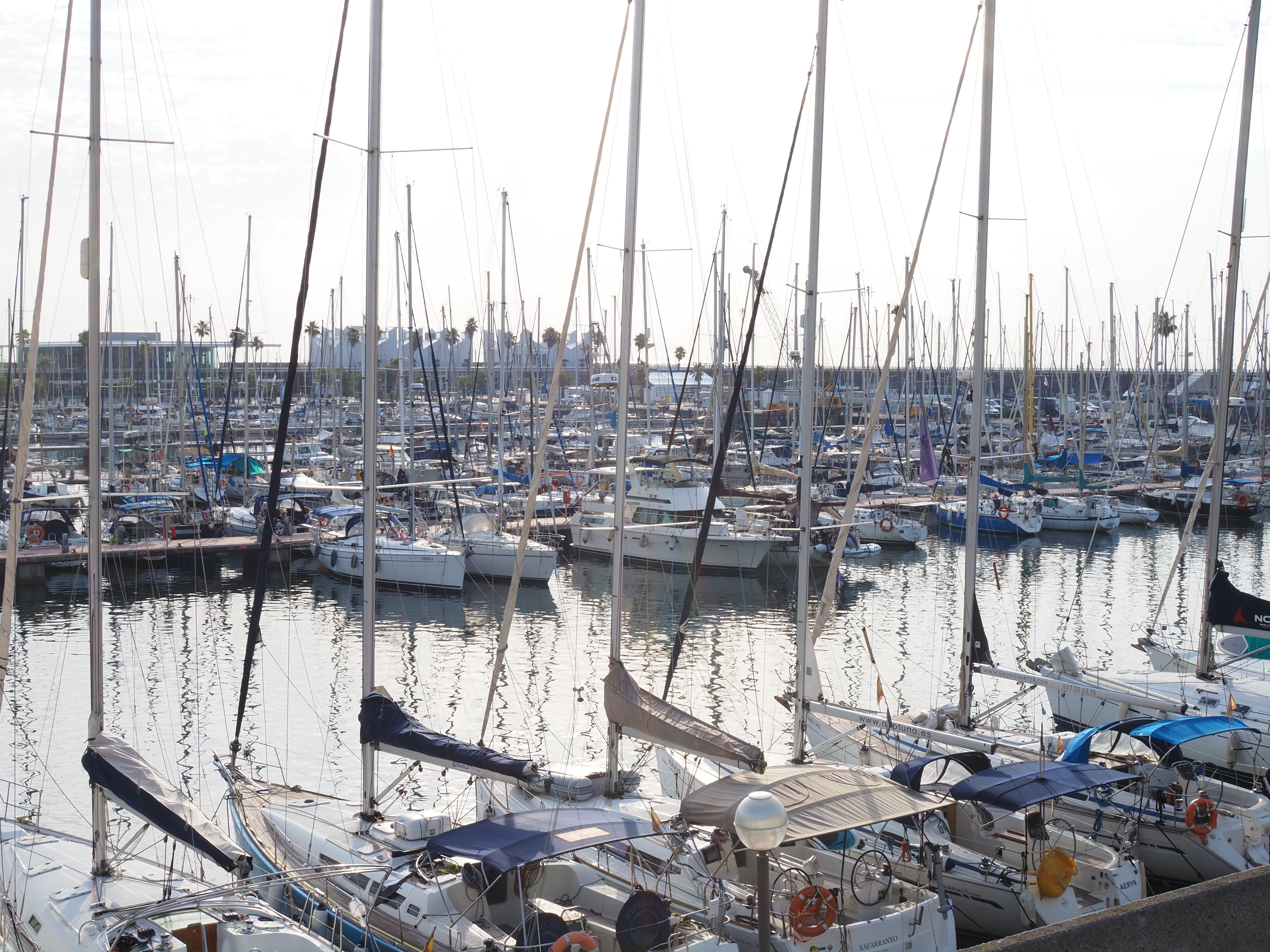


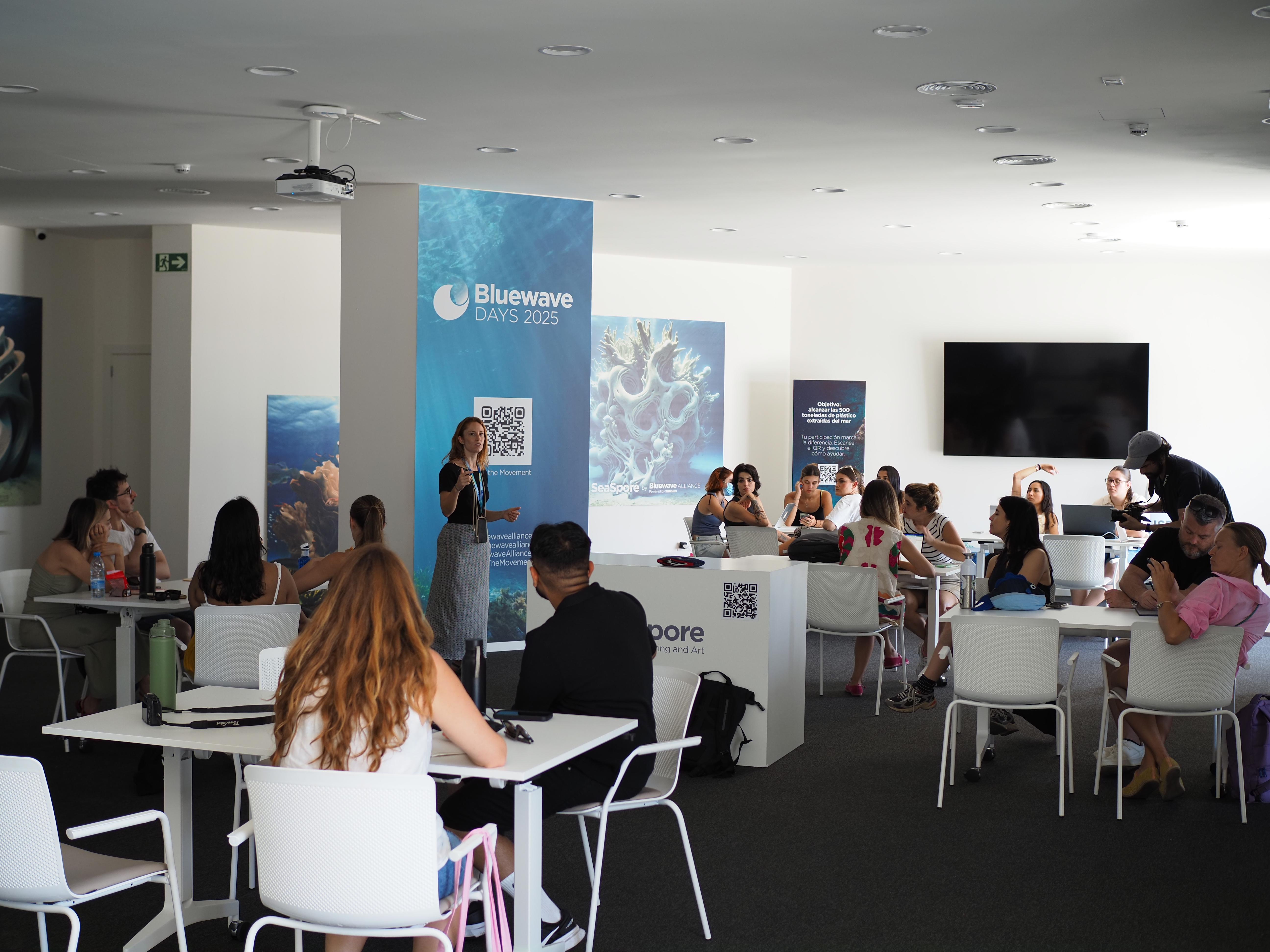
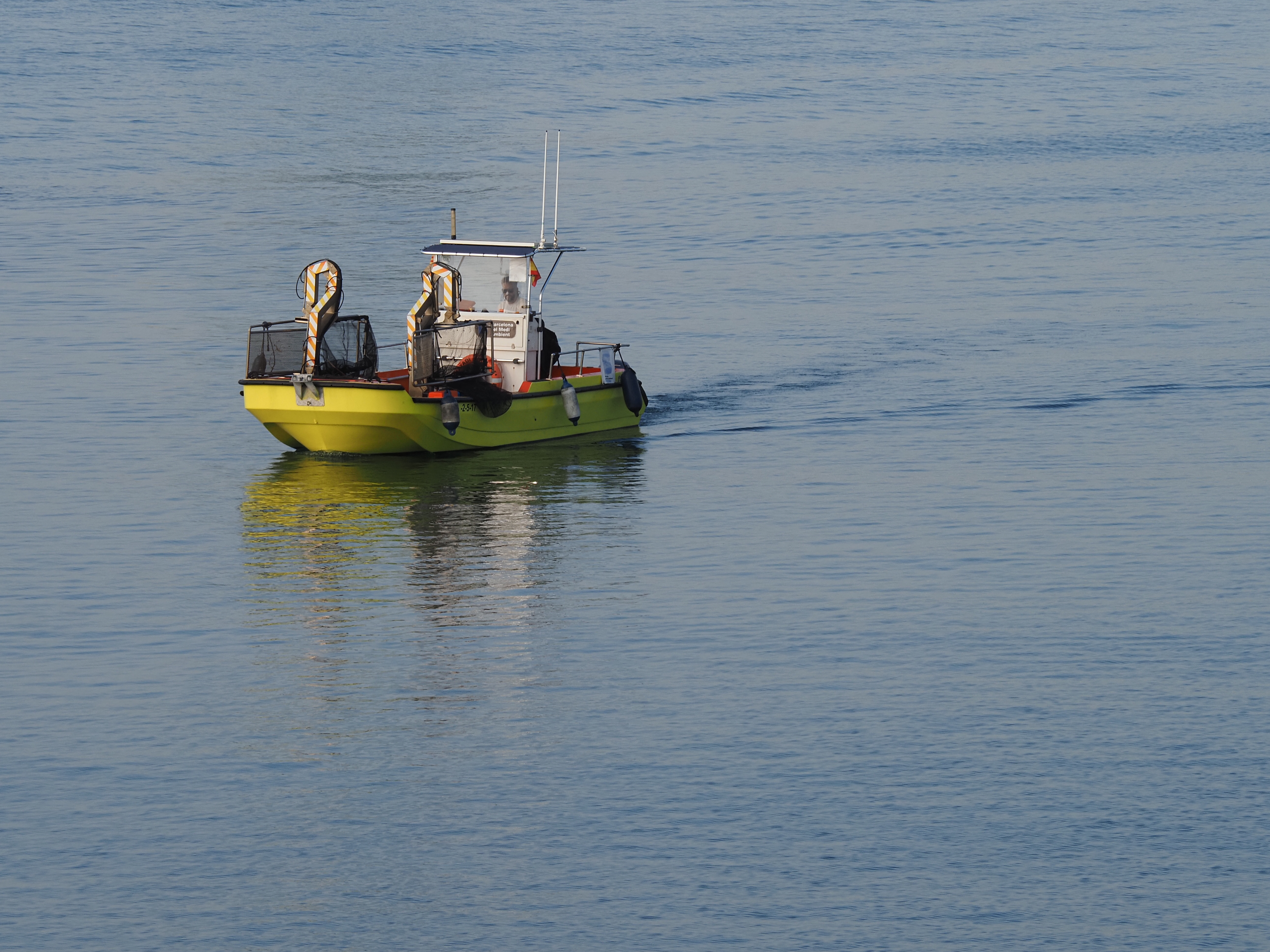
Supporting Faculty and Guest Speakers
To support us throughout this studio exploration, we had the honor of engaging with an incredible lineup of practitioners and visionaries who shared their insights, their questions, and their time:
Mireia Sanchez (Bluewave Alliance) for introducing this incredibly important topic and sharing the work Bluewave Alliance is stewarding in ocean restoration and protection.
Clara Solé (Institut de Ciències del Mar) for sharing the work ICM is leading around citizen science efforts in Barcelona.
Christina Bifano (IED) for guiding students through street scanning around Barcelona.
Susan Cox (The Changeist) for introducing foundational theory or practices on signal and trend exploration.
Elisabet Rosello (Postfuturear) for walking our students through a historical tour over the centuries in this region.
Lionel Raybaud (Climate Fresk) for facilitating an incredible workshop deep diving into everything ocean.
Dylan Terry (Hatch Blue) for bringing the business and impact lens to the conversation by sharing how Hatch Blue is supporting start ups in aquaculture.
Mireia Sanchez (Bluewave Alliance) for introducing this incredibly important topic and sharing the work Bluewave Alliance is stewarding in ocean restoration and protection.
Clara Solé (Institut de Ciències del Mar) for sharing the work ICM is leading around citizen science efforts in Barcelona.
Christina Bifano (IED) for guiding students through street scanning around Barcelona.
Susan Cox (The Changeist) for introducing foundational theory or practices on signal and trend exploration.
Elisabet Rosello (Postfuturear) for walking our students through a historical tour over the centuries in this region.
Lionel Raybaud (Climate Fresk) for facilitating an incredible workshop deep diving into everything ocean.
Dylan Terry (Hatch Blue) for bringing the business and impact lens to the conversation by sharing how Hatch Blue is supporting start ups in aquaculture.




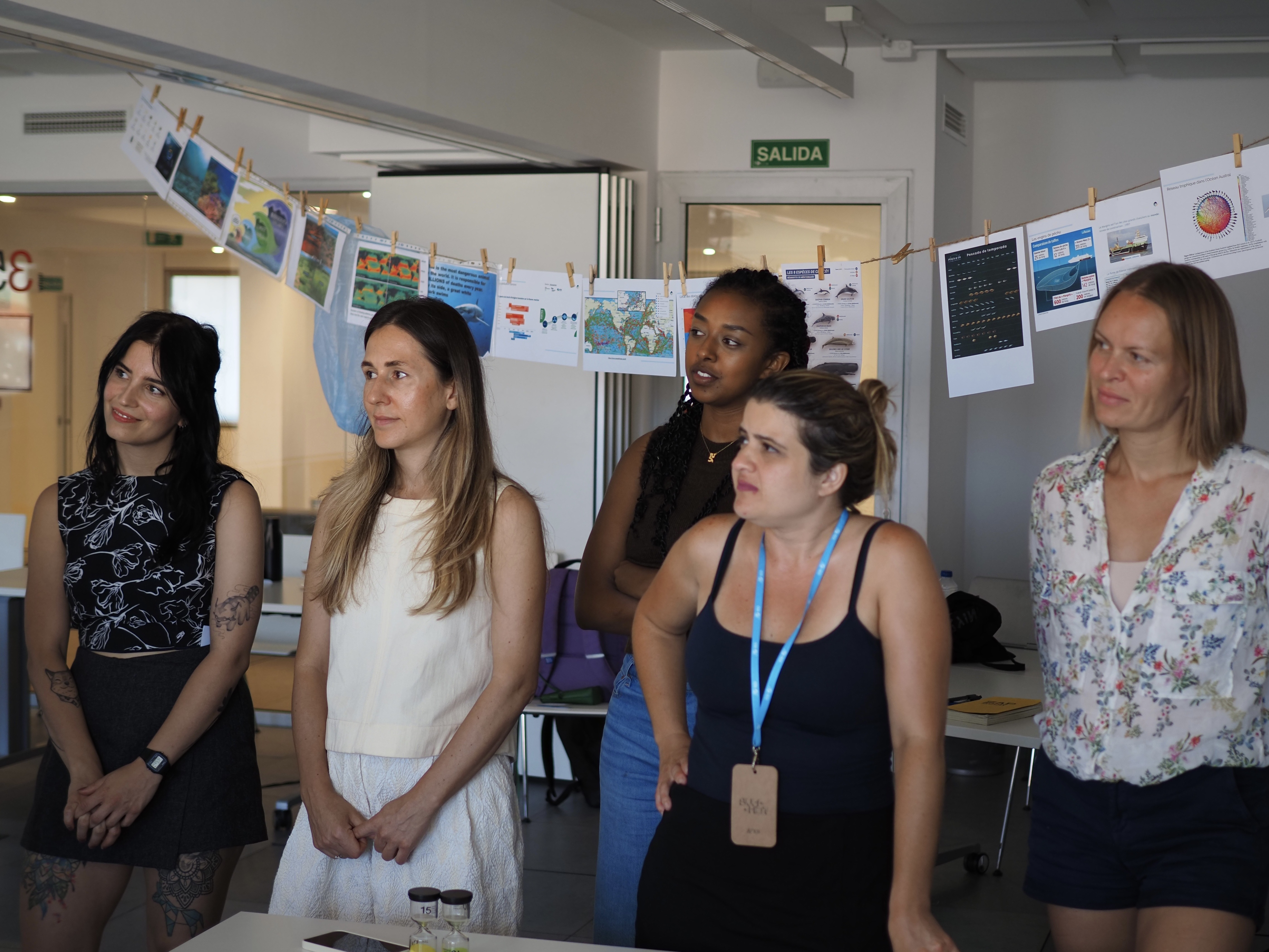

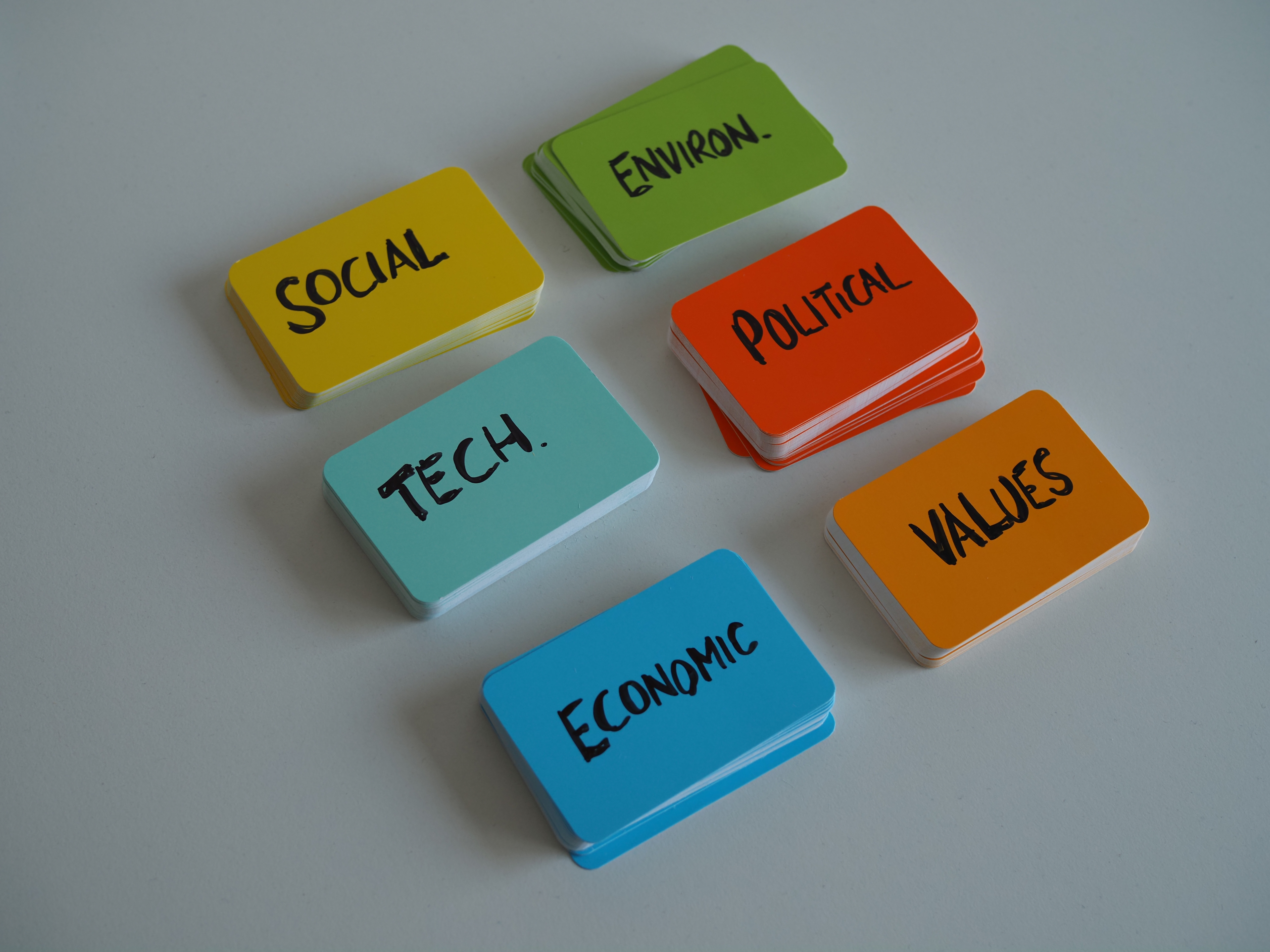

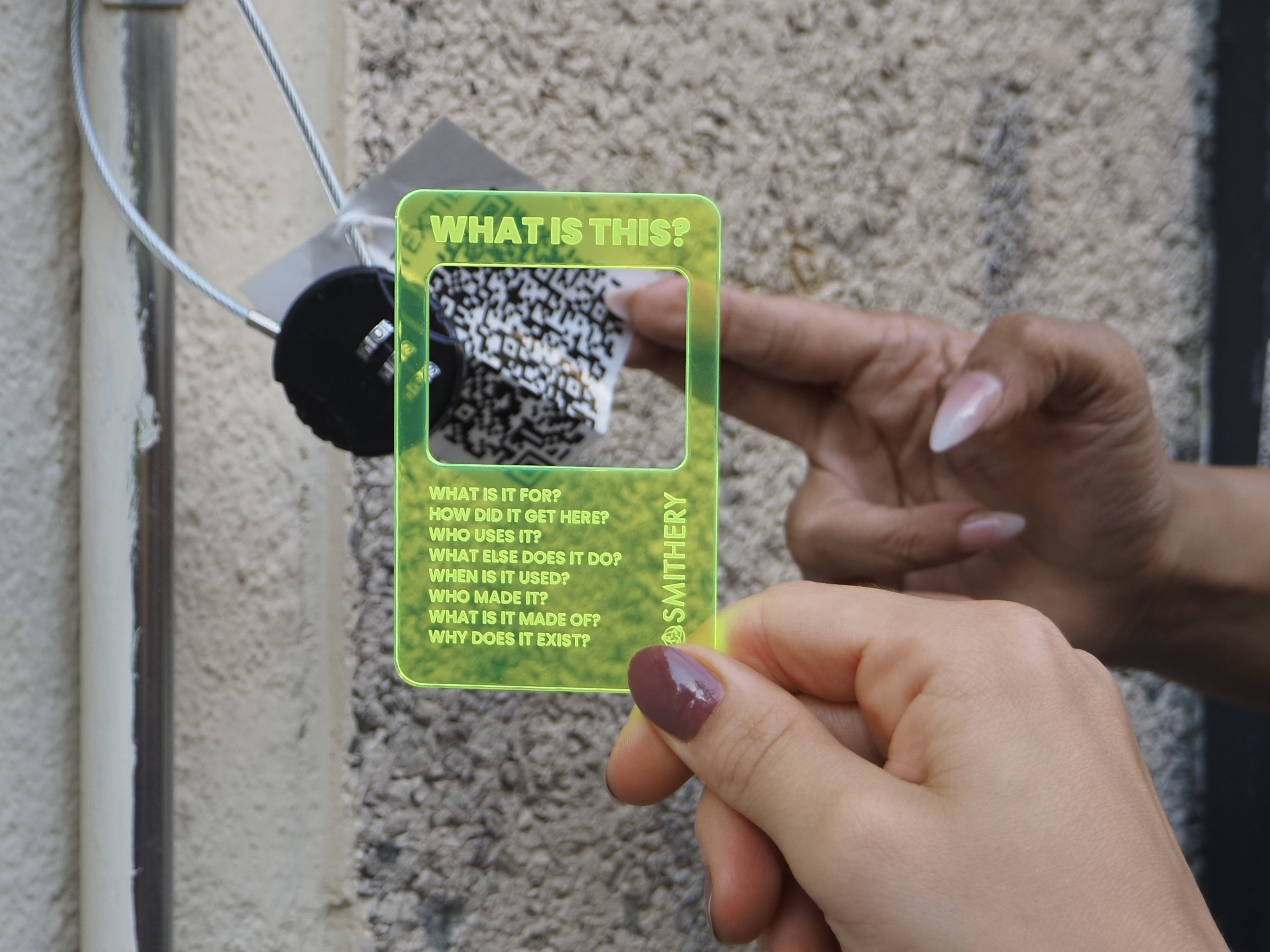


Students Work
Authorship of the work lies with the students.

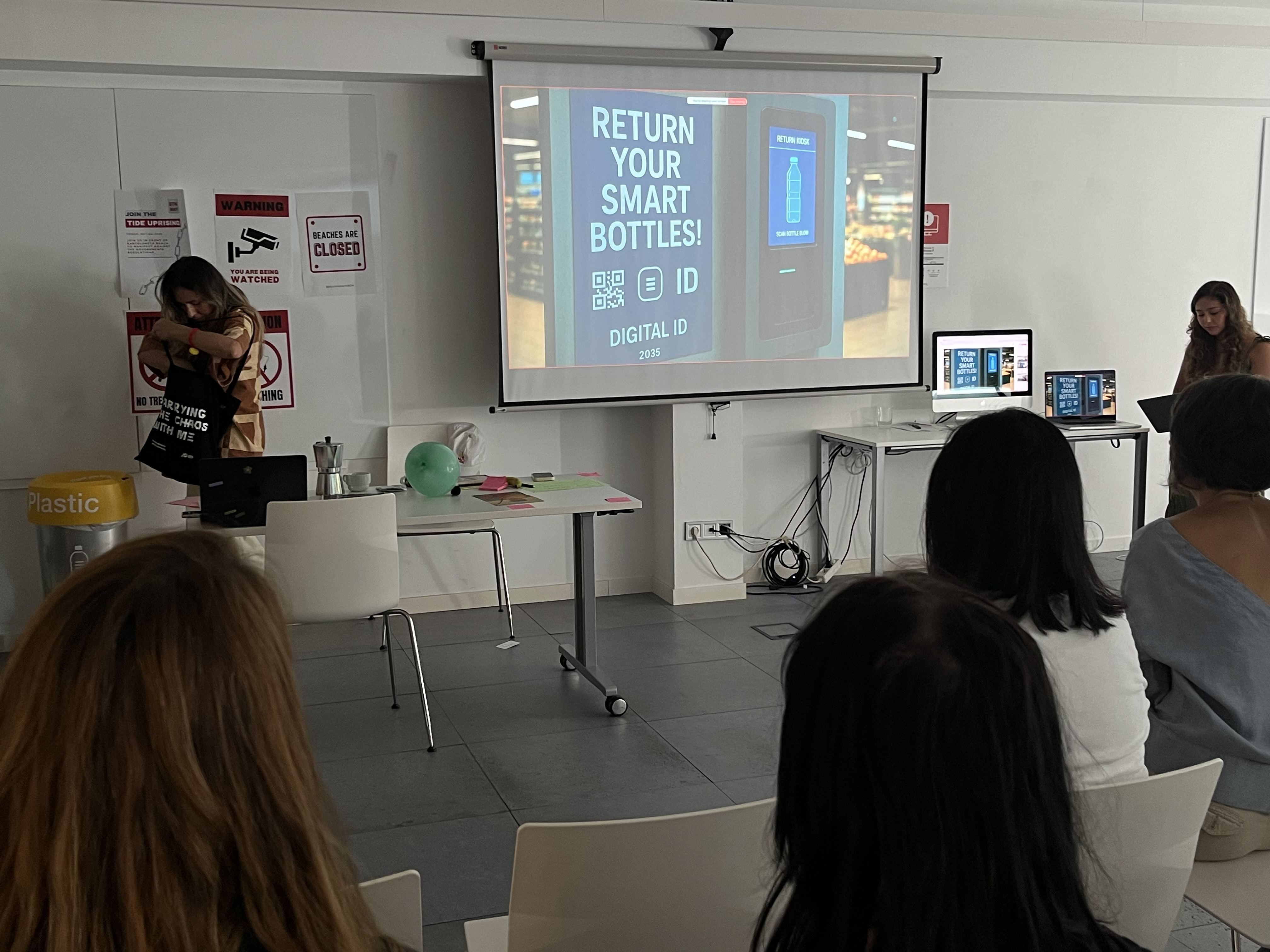

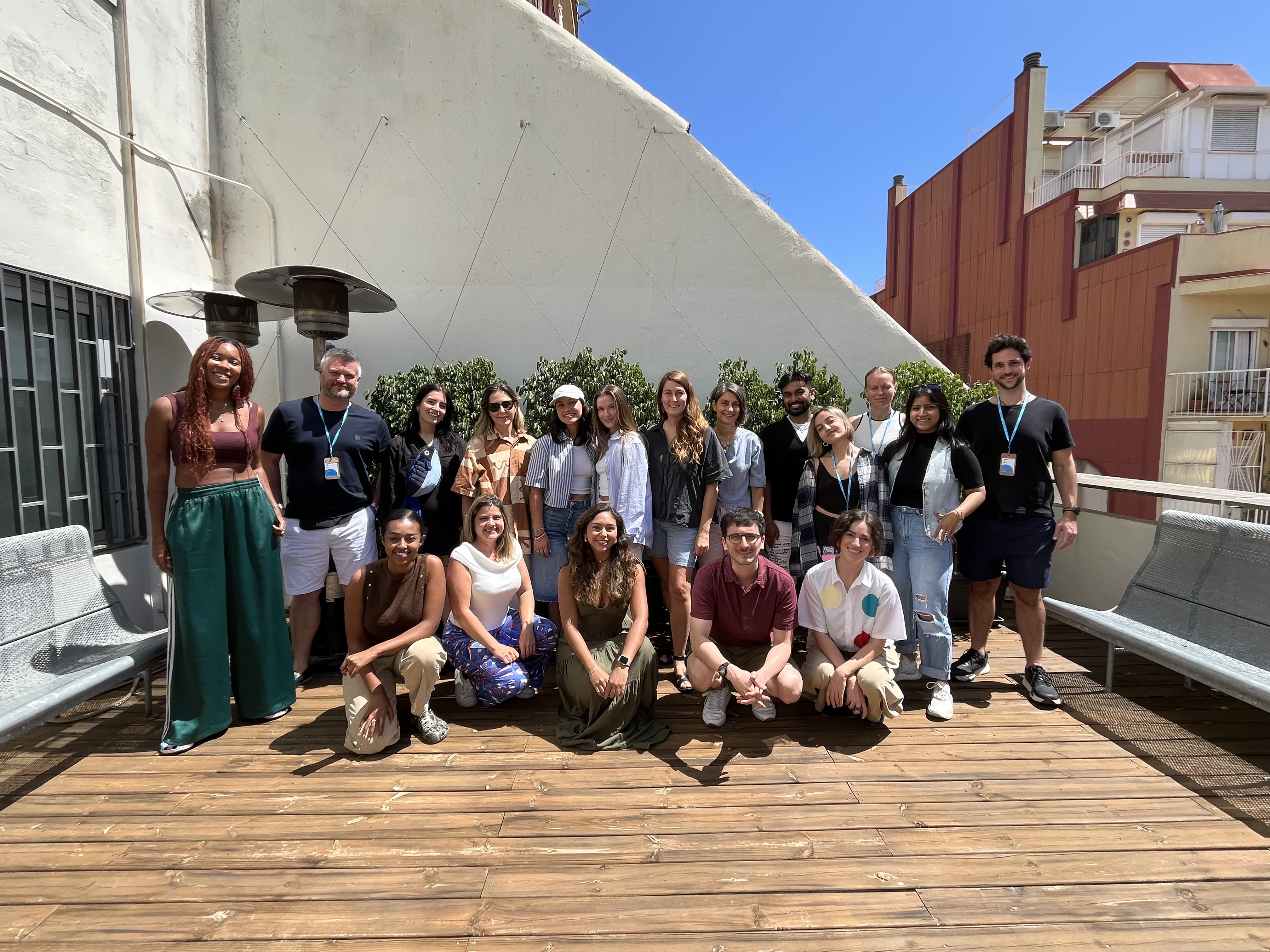 Our 2025 cohort (missing one John Willshire)
Our 2025 cohort (missing one John Willshire)
References
Bluewave Alliance. Bluewave Alliance hosts Summer School at Port Olímpic. Barcelona, July 29, 2025
Index